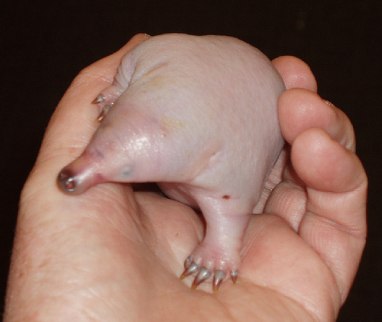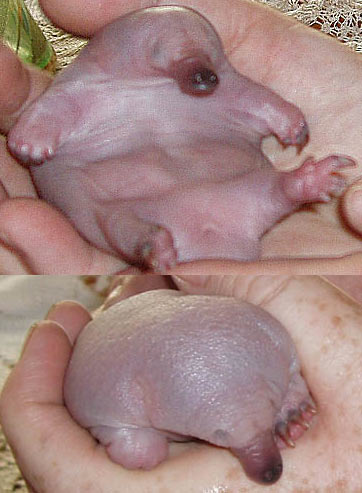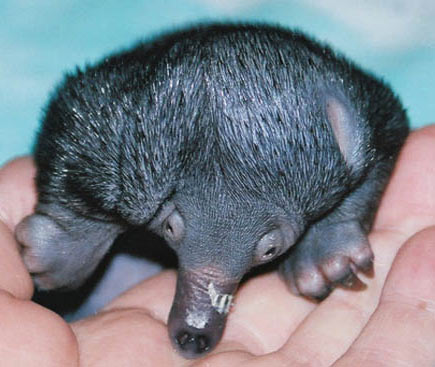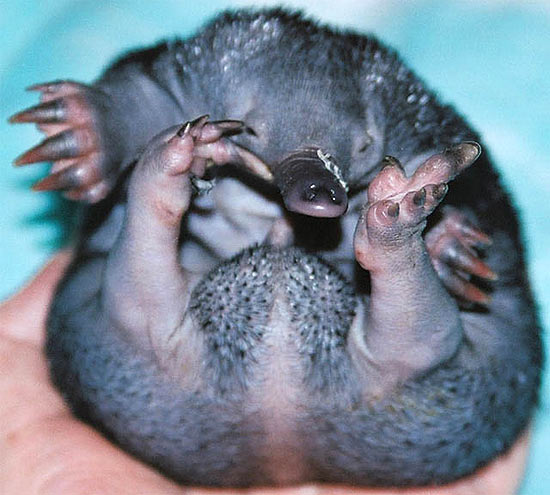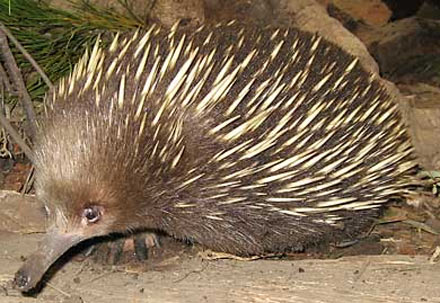The Echidna: Hatching Cute Puggles Every Day
Along with the platypus, the echidna (aka the spiny anteater) is one of only two species of mammal that lays eggs (they’re known as monotremes); as the mother will lay a single soft-shelled leathery egg directly into her pouch where it stays for ten days until it hatches. After hatching, the baby echidna, known as a puggle, will remain in the patch suckling for up to 55 days (when it begins to grow it’s protective spines); it will then be placed in a nursery burrow and periodically suckled until it’s around seven months old. Found primarily in Australia and New Guinea, the echidna is a fascinating animal that is believed to have first evolved 19-48 million years ago. Amongst the most interesting aspects of the echidna are it’s ability to lift objects twice it’s own weight, it’s ability to swim, it’s protective spines (which are each formed from the growth of a single hair), it’s high intelligence (it’s considered to be almost as smart as a domestic cat), it’s long snout (which it uses to forage; it also serves as both a nose and a mouth), and it’s life span (which can reach up to 45 years).

